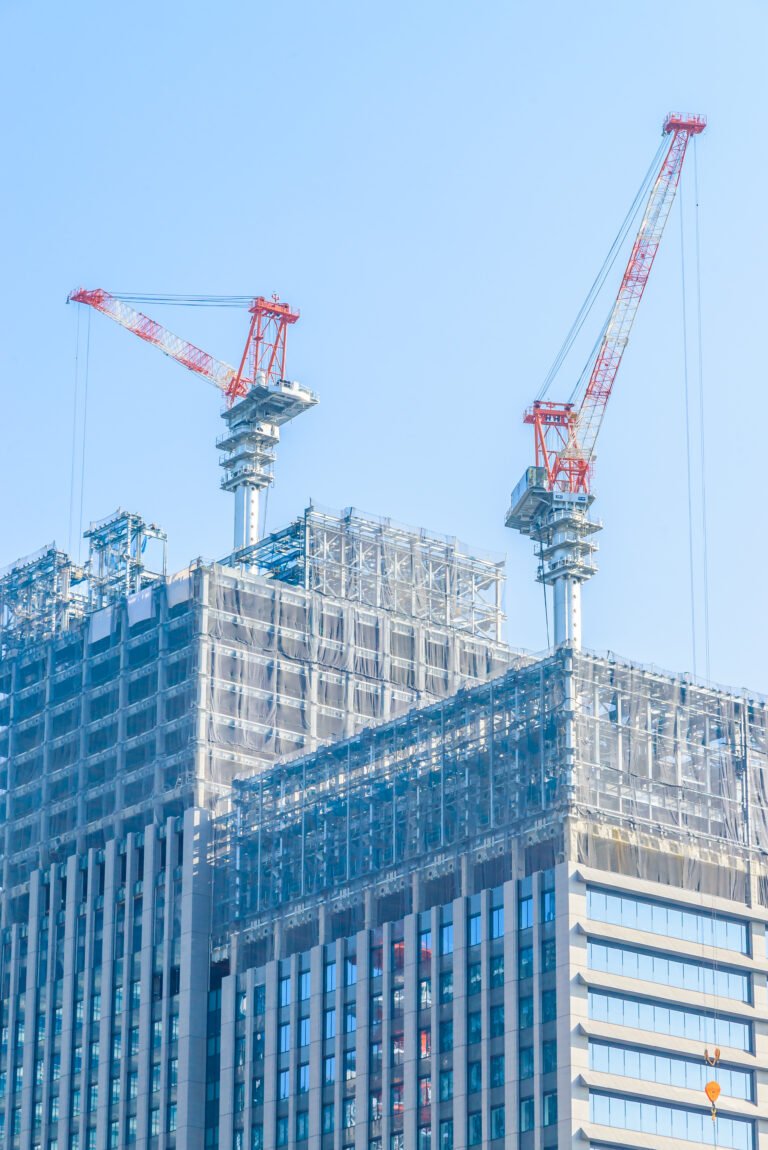Modular and Prefabricated Construction Is Reshaping the Philippines

Across the Philippines, a quiet shift is happening. Construction companies are turning to modular and prefabricated construction methods. This shift is changing how buildings are planned, built, and delivered.
The country’s economy is recovering. Demand for faster, cheaper, and greener buildings is growing. The government’s infrastructure program adds pressure to build quickly and smartly.
In a modular build, parts are made elsewhere. They are moved and assembled on-site. This speeds up the process and cuts site waste.
Prefabricated panels, frames, and modules are used more often now. Companies avoid delays caused by site conditions and bad weather.
Builders treat components like blocks. Each is fitted in place, cutting total work time. This is key in urban areas where space is tight.
The Build, Build, Build push has made a mark. New roads, bridges, and schools need faster methods. Modular fits that need well.
Before the pandemic, thousands of permits were given yearly. Now, the industry is again expanding, with more firms testing modular.
Construction companies must quickly adjust. Traditional techniques need more work and time. Shorter schedules and less risks are associated with modular design.
Barriers still exist, though. Large pieces are difficult to transport. To manage massive prefab parts, cities require improved logistics.
| Category | Information |
|---|---|
| Primary Industry Use | Commercial buildings, housing projects, school facilities, transport terminals |
| Growth Rate (2022) | 25% increase in modular techniques adoption in commercial builds |
| Government Support | Yes — through PPP projects and Build, Build, Build initiative |
| Key Challenges | Logistics, regulation, cost, supply chain fragmentation |
| Leading Regions | Metro Manila, Cebu, Davao, CALABARZON |
| Top Local Innovators | Makati Development Corp, EEI Corp, Megawide Construction |
| Strategic Advantage | Speed of deployment, cost efficiency, climate resilience |
| Estimated Market Size (2025) | Projected to reach PHP 35 billion (USD 600M+) |
| Reference | Emerging Trends in Philippine Construction |
Better control is made possible by factory settings. Costs remain within budget while safety improves. Teams operate in more dependable and hygienic settings.
Some businesses are concerned with up-front expenses. Investment is required for prefab machines and skilled workers. Long-term benefits, however, exceed these expenses.
Training and education must change. Employees require new abilities. In order to meet these objectives, businesses and schools must work together.
With cities growing at a rapid pace, smarter buildings are required. Developers can sidestep land-use restrictions and meet deadlines by using modular.
Construction firms need to adapt fast. Conventional methods need more effort and time. Modular design is linked to shorter timelines and lower risks.
But there are still obstacles. Transporting large pieces is challenging. Cities need better logistics to handle large prefab parts.
We are one of the trusted builders of modular and prefabricated buildings. Click here to learn more about what we can offer.


